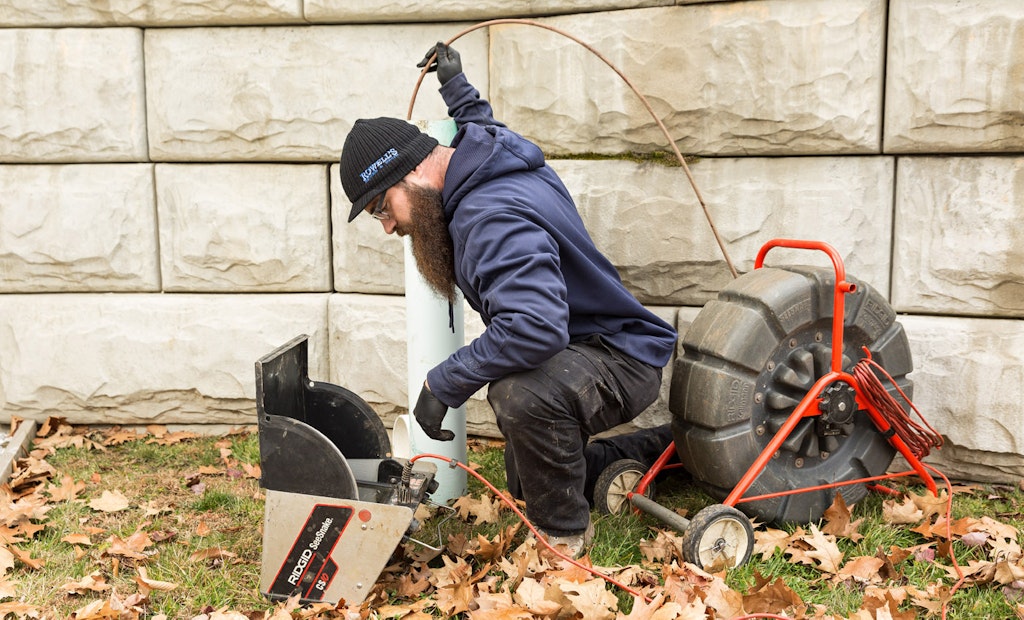Adam Teets understands the dilemma drainline inspection technicians often face.
“You see the object causing the obstruction right there and there’s a temptation to just start using the camera to push at it and move it out of the way,” says Teets, a service manager with...






